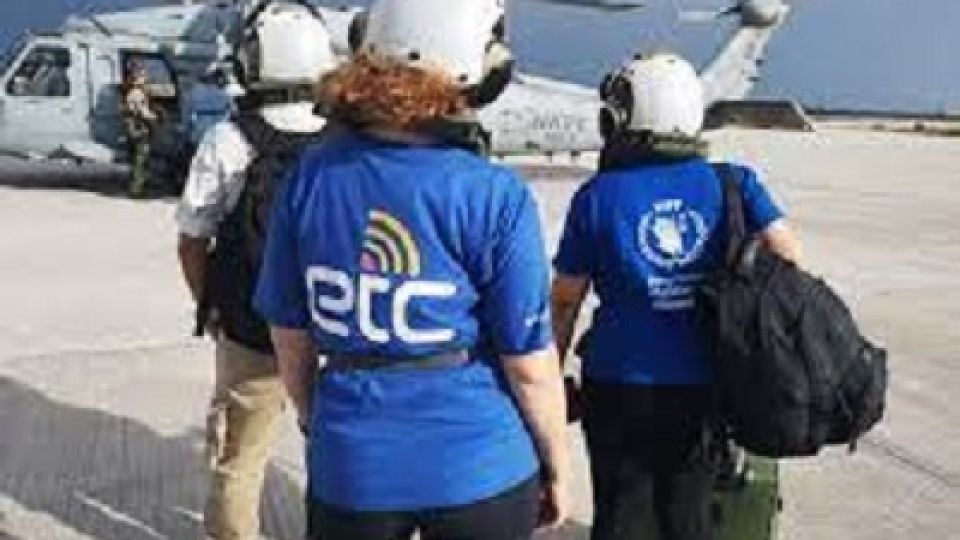from RAJI BASHIR in Khartoum, Sudan
Sudan Bureau
KHARTOUM, (CAJ News) – THE Emergency Telecommunications Cluster (ETC) requires US$6,3 million to keep humanitarian officials and agencies connected in response to the conflict in Sudan.
ETC aims to deliver services in up to ten common operational areas, including data connectivity and ICT helpdesk support, security communications services – radio programming and training – and platforms for the affected population to receive information and provide feedback to humanitarians.
The response is currently suffering setbacks, with the ETC yet to receive any donor contributions towards its requirements.
The World Food Programme (WFP) has provided the cluster with an advance to initiate the provision of critical services until funding is secured.
There are also difficulties importing telecommunications equipment, compounded with the looting of preexisting telecommunications assets in-country, which has meant that a lack of equipment is a major challenge for the operation.
The telecommunications sector is bearing the brunt of the conflict that erupted in Sudan on April 15.
Communications infrastructure has been heavily impacted as a result of direct damage to telecommunications towers, as well as indirectly through the rapid deterioration of the national power grid.
Two of the country’s three mobile network operators (MNOs) are no longer operational.
The concentration of internally displaced people (IDPs) in safer areas away from the active fighting has worsened congestion on the remaining MNO network.
“The extensive looting of communications assets across the country means that there is a clear need to rebuild and strengthen common information and telecommunication technology infrastructure to enable a swift and coordinated response to the crisis,” said an ETC spokesperson.
Nonetheless, following ETC activation on May 25, WFP’s technical team in Sudan has continued efforts to extend internet connectivity to humanitarian actors in Port Sudan.
Two point-to-point links were established connecting United Nations Department for Safety and Security (UNDSS) and UN Integrated Transition Assistance Mission in Sudan (UNITAMS) offices to reliable satellite connectivity services.
A mobile satellite connectivity kit was integrated with WFP’s very-small-aperture terminal (VSAT) to provide additional bandwidth for inter-agency data services, which are now being provided to over 140 humanitarians in four sites across Port Sudan.
UNDSS maintains a VHF radio network that remains operational in most locations across the country, with the exception of El Geneina and Nyala, which were affected by looting.
The ETC team is continuing to conduct technical assessments of UN and non-governmental organisations’ premises in Port Sudan in support of plans to add more sites to the inter-agency connectivity network.
Fighting between the Sudanese Armed Forces (SAF) and Rapid Support Forces (RSF) has killed hundreds, forced more than 370 000 to flee across borders, and displaced over 1,2 million people internally since the start of the conflict.
Prior to the recent outbreak of violence, a third of the 46-million population was already in need of humanitarian assistance.
Since then, the conflict has dramatically constrained access to food, water, fuel, cash and health care.
– CAJ News

